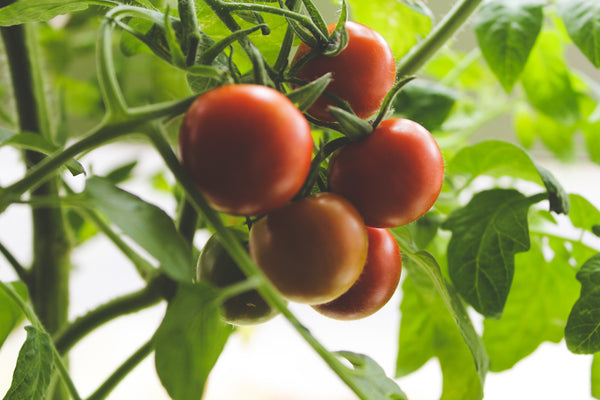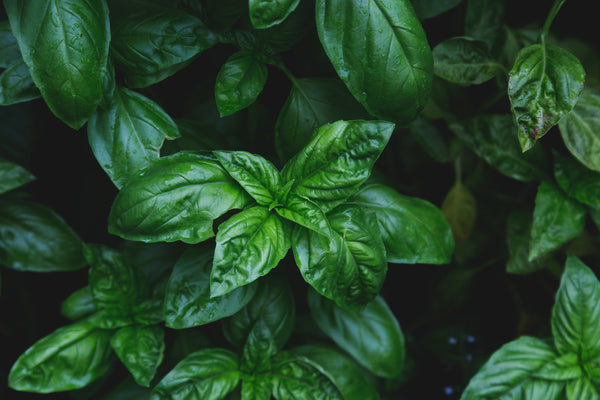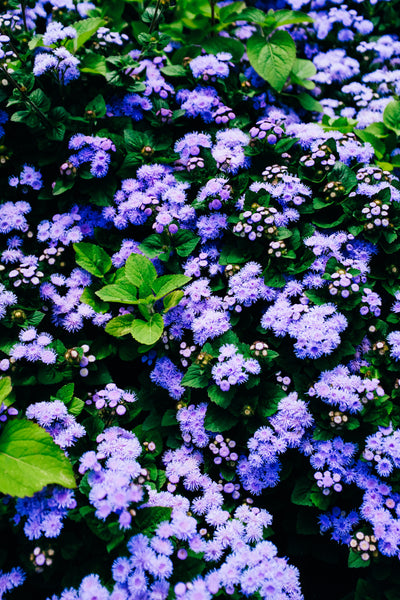Kale contains higher levels of beta-carotene than any other green vegetable, and is also high in vitamin C and calcium. Collards are not far behind. All are easy to grow, vigorous, nutritious, resistant to cold, and easy to harvest and prepare. And the greens even get sweeter after frost. Follow along with this handy How to Grow Kale and Collards from Seeds Guide and grow healthy food! Perfect for juicing and long lasting green that stores well, delicious in crunchy salads.
Latin
Brassica oleracea var. acephala
Family: Brassicaceae
Difficulty
Easy
We Recommend: Lacinato (KL425). This is a summertime favourite. While Lacinato is less cold hardy than many of its cousins, it forms tall, almost architectural rosettes of substantial leaves. Packed with flavour and nutrients, it’s a great variety for the beginner kale farmer.
For Urban Gardeners: Dwarf Green Curled (KL423) stays smaller and more compact, and grows perfectly well in containers or raised beds. It’s also cold hardy, so well suited to winter harvesting.
Season & Zone
Season: Cool season
Exposure: Full sun
Zone: Winter hardy to Zone 6.
Timing
Direct sow March to mid-July for summer to winter harvests. Optimal soil temperature: 10-30°C (50-85°F). Seeds should germinate in 7-10 days.
Starting
Sow 3-4 seeds 5mm (¼”) deep in each spot you want a plant to grow.. Thin to the strongest plant. Space 45-60cm (18-24″) apart in rows 75-90cm (30-36″) apart.
Growing
Ideal pH: 6.0-6.8. Add lime to the bed 3 weeks prior to sowing. Kale likes well-drained, fertile soil high in organic matter. This plant prefers plentiful, consistent moisture. Drought is tolerable, but quality and flavor of leaves can suffer. Mix ¼ cup of complete organic fertilizer into the soil beneath each transplant, or use 1 cup beneath every 3m (10′) of seed furrow.
Harvest
Kale and collards can both be grown as a cut and come again crop for salad mixes by direct-seeding and cutting when plants are 5-8cm (2-3″) tall. They will re-grow. Or pick leaves from the bottom up on mature plants as you need them. In spring, the surviving plants start to flower, so eat the delicious flowering steps and buds.
Diseases & Pests
Protect from cabbage moths and other insect pests with floating row cover. Prevent disease with a strict 4-year crop rotation, avoiding planting Brassicas in the same spot more than once every four years.
Companion Planting
All Brassicas benefit from chamomile, dill, mint, rosemary, and sage. Avoid planting near eggplants, peppers, potatoes, or tomatoes. Plant collards near tomatoes, which repel the flea beetles that so often look for collard leaves to eat.
More on Companion Planting.



